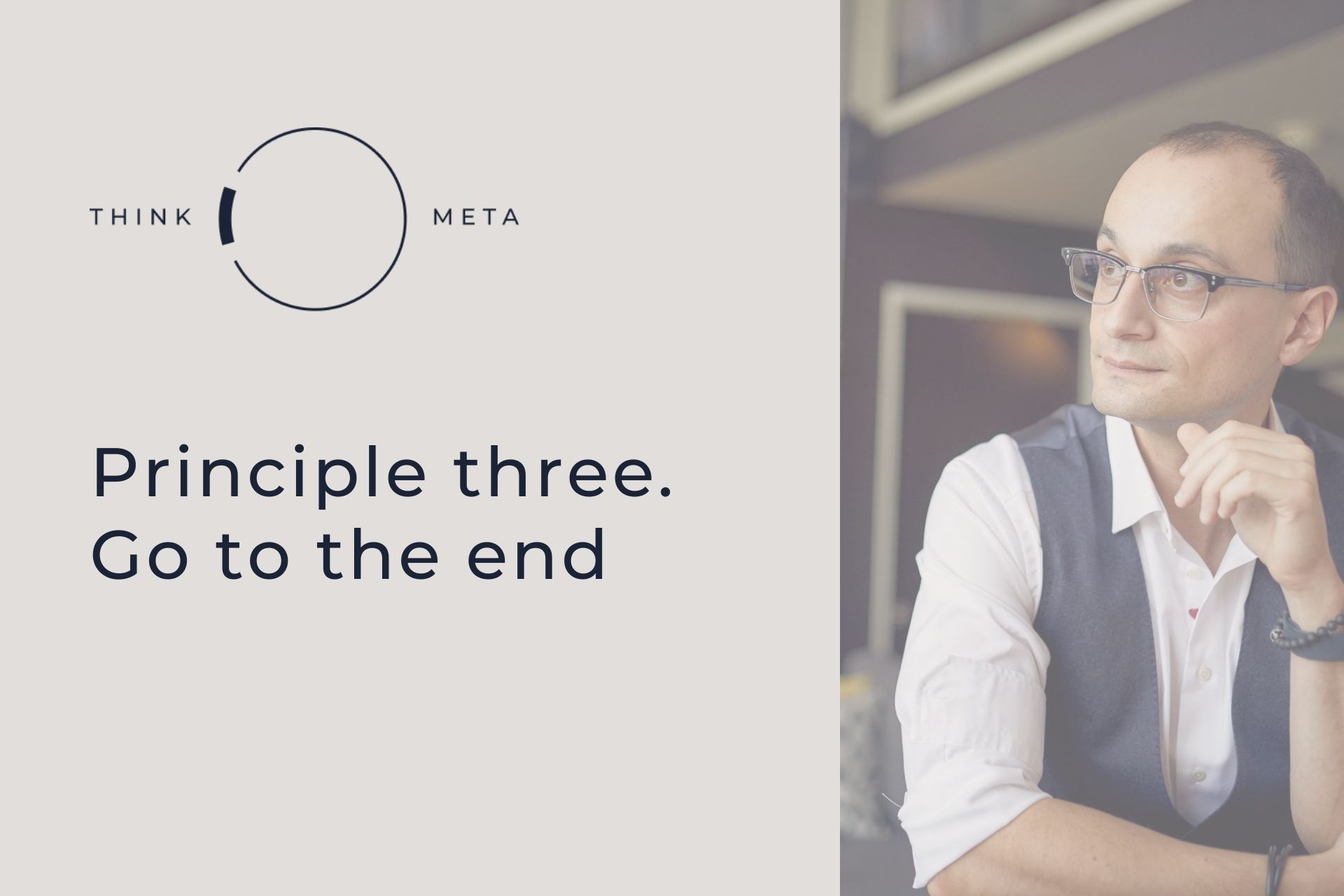What emotions are and how they influence our behavior

You're walking down the street, and you see a mother yelling at her child because he ran across the road without looking around. At first, she was frightened, and then she began to shout.
What do you think is happening to her?
Today's episode is about emotions. By the end of this episode, you'll know how to control your emotions and become aware of what most people feel but don't understand.
We'll start with a few basic ideas about what emotion is and how it works.
An emotion is just a vibration in the body. No emotion can harm you because there is no vibration within you that you cannot carry through. I will explain this concept from a scientific point of view, but first, stay with me and try to understand the meaning in more depth. Once again, no emotion can harm you because emotion is a vibration, and your body is ready to carry any vibration through it. Negative emotion is like a light electric shock.
For example, you take off your wool scarf, and static electricity has accumulated in it. It's so small that you can endure a thousand at a time without reddening your skin but significant enough that you're uncomfortable. That's how strong emotions work - they can't do anything to you, but you notice them.
We spend a lot of time avoiding experiencing negative emotions. We don't show up. We don't do great things, and we don't stand up for what we believe in. We don't speak up - all because we're afraid of going through a vibration that we think feels bad. But if we know that there's no vibration that we cannot experience and that there are no consequences from these vibrations, then this makes us people of a different material. Suddenly, we have a power that has never been seen before. Today, I will teach you to conduct vibrations through yourself to the end. But first, let's go back a little and talk about this idea from a scientific perspective.
Brain Chemistry and Emotions
The essence of our emotions is electrochemistry. In 1971, Paul Ekman suggested that there are only six basic emotions and that all other emotions are a blend of the six basic ones. You probably know Paul Ekman from the famous series Lie Theory, which was built on his ideas. Since then, scientists have determined where these basic emotions reside in the brain. I won't bore you with the terms, but here's what you should know: an emotion can be triggered when electricity reaches the area of the brain in which this emotion lives. If I want you to feel happy right now, I can create this feeling by stimulating the right frontal cortex and the left amygdala in your head with a gentle current. The idea is clear: I can use current to make you feel emotions. This suggests that your body is an ideal current conductor, and the current triggers both thoughts and emotions.
Now we come to the next concept, which ties everything together. The wrinkled napkin that covers the top of our brain is a powerful predictive mechanism. Our brain constantly analyzes the world around us and gives the result. The part of the result that we are aware of is called thinking. What we automatically notice, without having time to process it, is called the subconscious. The subconscious passes under the radar of our consciousness. Thought is the meaning we assign to what we can feel with our senses. Thought is not an objective reality but our opinion of it.
For example, you are walking down the street with a friend, and you see a dog without a muzzle running towards you, the leash dragging behind it. Why does your friend stretch out her hands to greet the dog while you freeze in fear? This is the result of thought. You might think the dog is dangerous, but your friend thinks the dog is friendly.
In the human brain, every thought is an assessment of reality, either positive, negative, or neutral. From an evolutionary point of view, this is necessary to make decisions that will ensure your survival and the distribution of your genes. And here is where emotions come into play. A thought that evaluates reality is not sufficient by itself. Thought originates in a different part of the brain than the one responsible for action. The area responsible for the body's movement is hidden behind a layer in the center of the brain. This is called the limbic system. Here there is access to the nerve pathways in the body that can trigger the muscles. But there is a small problem. An electrical impulse from a thought is not enough to fire huge muscles. We need an amplifier. We need to boost the signal. I'm explaining complex scientific research in a simplified way because I'm not defending my dissertation to you. The goal is to give a general understanding of how everything works.
Thoughts must be turned into action. You see an unfamiliar dog running toward you and your child. You think of the situation as a threat, and you need to protect your child. Something has to happen to make your heart beat faster, to fill your muscles with blood and oxygen, to focus your attention only on danger, and to act quickly. In other words, your body needs much more electricity now than there is in one thought. What you want is not a tingle but a shock discharge. This amplification occurs due to neurochemistry. The charge of a small thought is enough to call forth the heavy artillery of the fear hormone adrenaline, the stress hormone cortisol, and the pain-relieving hormone endorphin. Almost instantly, your body kicks in, and you have all the fuel you need.
And that's great, but there are two problems:
- It's true that you were forced to act. But the fact that this process was unpleasant for your body did not pass by your consciousness. And you don't want it to happen again.
- It's good that your perception did not fail you when confronted by a dangerous dog. But what if it was a different situation? For example, your manager says your work looks sloppy, and you spend the whole night in tears. Your incorrect assessment of reality accidentally launched hormonal artillery, and now you can't recover for several hours.
Whereas the previous principle of "hear behind the words" teaches you how to assess reality properly, the principle of "go to the end" shows you what to do when the artillery is already fired.
Navigating Overwhelming Emotions through Personal Experience
Let me know in the comments if you understand what it is to realize you have misjudged a situation too late and become bombarded with emotion.
I'd like to share a personal story on this topic. In addition to teaching and studying, I also do laboratory research on the effects of nutrition on emotions. If you're interested in learning more about this, read about Satchin Panda's laboratory in California. This is the main laboratory I support and order research from. Recently, I noticed a Toronto coffee shop chain that claims to sell chocolate with psilocybin, promising people a good mood every day. I bought almost ten bars of different chocolates from them to test in the lab. And to compare, I ordered one bar of mushroom chocolate from a lab that researches psilocybin as a cure for depression.
All the chocolates I bought at the coffee shop did not contain a single gram of psilocybin and turned out to be ordinary chocolate. Psilocybin is a psychotropic substance found in certain types of mushrooms. After the laboratory analysis, all these chocolate bars lay on my office desktop. You probably already know where this story is going. One day while working, I was very hungry and didn't have time to eat. There was a bar of chocolate in front of me. I usually don't eat sweets, but I couldn't take a break from work and needed to raise my blood sugar. I ate one strip of chocolate - that is, three pieces. Exactly 20 minutes later, the objects in front of me began to become either longer, shorter, wider, or narrower. I immediately understood what had happened. I ate the wrong chocolate bar and was severely intoxicated.
If you have read about psilocybin or ayahuasca, you have probably heard what profound transformations can occur. This can sometimes be true at high doses, but people are missing one important point. Your body is poisoned. You are spinning, sick, and turning back. Your body wants to get rid of the poison in any way. It is unpleasant.
So, recording a lesson is on my calendar, but I've accidentally eaten a chocolate bar containing toxic mushrooms, and the world is spinning. It's too late to reassess the situation; it's time to do something about my running emotions. This is what happens when you know you've misjudged reality, but it's too late, and you're bombarded.
The Art of Handling Negative Emotions
The next question is: what to do now?
Before I answer it, I want to draw your attention to one very important point. If you are experiencing strong negative emotions and nothing is threatening your life, I guarantee that you have incorrectly assessed reality. Your body is the best compass. If you feel bad emotionally, you are guaranteed to distort reality.
Now to the question, what to do now?
Answer: go all the way.
Go to the end and see what awaits you on the other side of your emotion.
In my case, after several unsuccessful attempts to vomit, douse myself in cold water, and do push-ups to speed up my metabolism, I finally gave up. I sat back and closed my eyes, and suddenly a profound love for all people came over me. I thought of how sad it would be if I confused them in an attempt to explain something. And I felt certain that I should continue to teach and walk the path I have chosen.
When you experience a negative emotion, you need time to carry the entire vibration of that emotion all the way to the floor and into the air until it goes away. You must follow it with your attention, without thoughts in your head, from beginning to end. Then you will see this emotion's cause on the other side of the shore. To conduct attention means to accompany it in the body. To see the reason on the other side of the shore is to understand what deep need is hidden behind your emotion.
For example, the mother who yelled at the child who crossed the road couldn't control her emotions because she was afraid for her child's life. Behind her screams is the fear of losing him and of the pain she might face. But behind that pain, there is deep love. You scream because you love. Once you understand this, you will also understand how love can be shown directly without soiling it with fear and anger.
This closes our talk on the third principle - go to the end. Now you know a little more about it. Next, I will tell you about the fourth principle - how to be a product of your product.
If you haven't yet read the previous episode of Hearing Behind the Words, do so now

